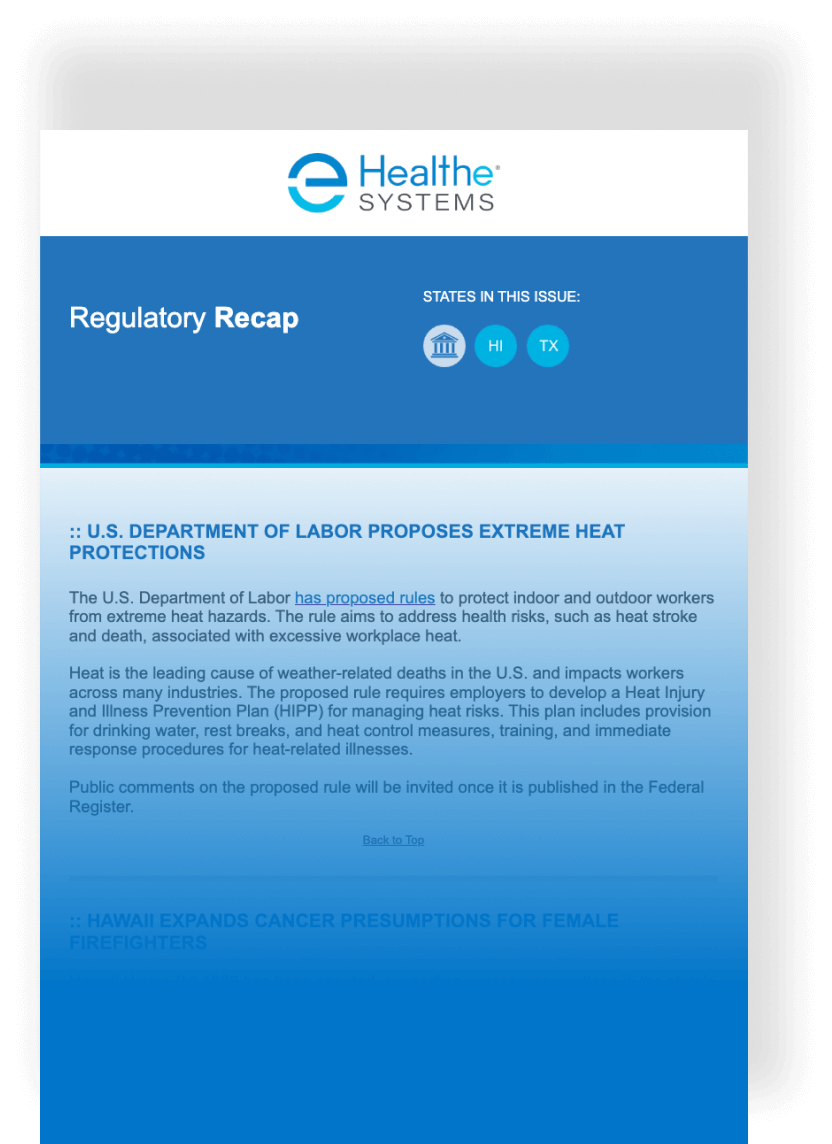The California Workers’ Compensation Institute (CWCI) published a new report on opioid prescribing for injured workers in the California workers’ comp system from 2017-2023.
Study data included patients who had an opioid prescription dispensed at a pharmacy or at an outpatient setting in California between 2017-2023. This report also utilized data from the California Department of Justice’s Controlled Substance Utilization Review and Evaluation System (CURES) to calculate the measures employed in the analysis.
Opioid prescribing among the general population in California fell 34% from 6.8 million people (17.3% of the population) in 2017 to 4.5 million (11.5%) in 2023. However, opioid use among workers’ comp patients fell more sharply than in the general population.
Total daily MED for workers’ comp patients decreased by 17.1 MED (morphine equivalent dose). Additionally, workers' comp patients saw reductions in daily MED across all patient types:
- Chronic opioid user saw a 26% decrease in MED
- Acute opioid users saw a 23.6% decrease in MED
- Subacute opioid users saw a 17.6% decrease in MED
Fewer acute cases exceeded the recommended 50 MED per day threshold (-9.9%), while more fell within the 20-50 MED range (+13.3%).
The proportion of acute patients receiving opioid prescriptions beyond the 5-day supply limit dropped by 8.2%. Chronic patients with an MED over 50 saw their share of total days’ supply decline from 27.1% to 21.3%.
The percent of workers receiving opioids from both workers' comp and other payers fell from 72.1% to 68.7%. The percent of workers’ comp patients with overlapping prescriptions from other payers fell from 8% in 2017 to 3.7% in 2023.







